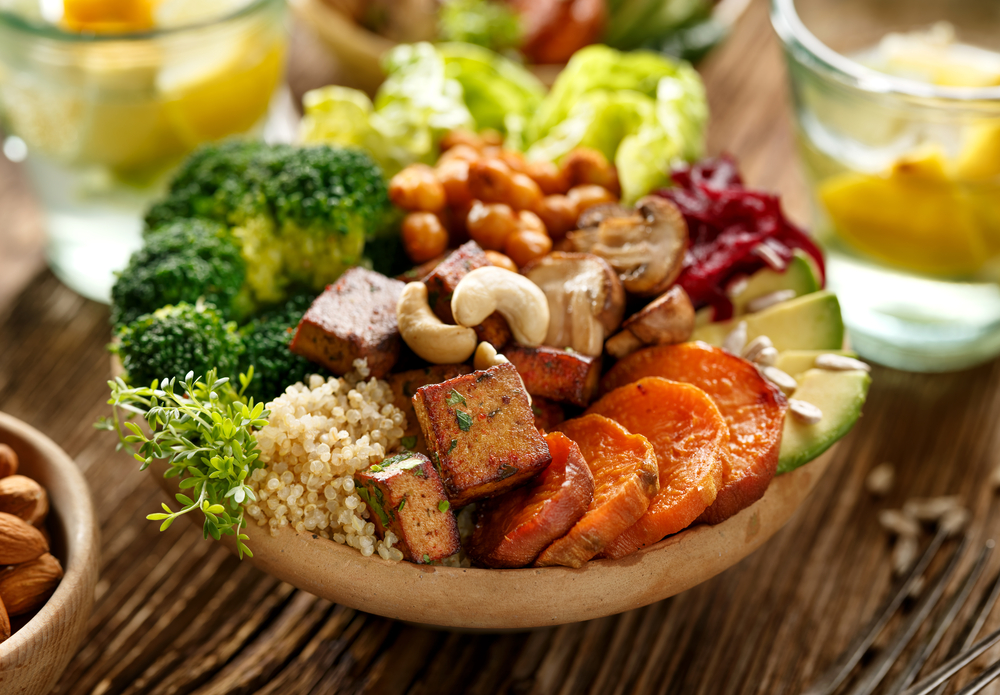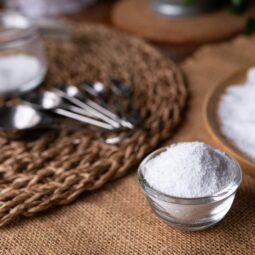
Many people are trying to eat less meat these days, for reasons that range from health benefits to cost savings, to environmental and animal-welfare concerns. But one question always comes up: where will you get your protein?
The answer: plants, of course. A century ago, people got two-thirds of their protein from plants and just one-third from animals. Today, that balance has flipped, but scientists say that we might be better off, as individuals and as a planet, if we flipped it back. Here are four excellent ways to power up your plant protein.
Broaden your bean base
Soybeans — whether in the form of tofu, tempeh or edamame — may be the most well-known plant protein. But there are plenty of protein-rich relatives in the bean and legume family. Lentils pack just as much protein — about 18 grams per cup — as tofu. Black beans, white beans, kidney beans, pinto beans and chickpeas are close behind.
Soups, salads, chilis, burritos and dips are great ways to enjoy beans.
Nosh on nuts and seeds
Nuts and seeds squeeze a lot of protein into a very small package. A quarter cup of almonds, cashews, pistachios, peanuts (actually a legume), pumpkin seeds or sunflower seeds provides 6-7 grams of protein. Chia and hemp seeds pack 6 grams into just 2 tablespoons.
Sprinkle seeds on salads, noodles and cereals; snack on nuts, or spread some nut butter on toast. Nuts and seeds are high in calories, it’s true, but so is red meat, and the fats in nuts are much better for your heart.
Go with the grain
Whole grains are surprisingly high in protein. You’ll get 6-8 grams in a cup of cooked wild rice, quinoa, farro or buckwheat. Oatmeal provides 5 grams per cup. Even pasta now comes in high-protein varieties, some delivering as much as 25 grams per serving!
Veg out
Vegetables aren’t a huge dietary source of protein, but given their high nutrients and low calories, they’re a great option. One cup of green peas delivers 8 grams of protein; cooked spinach, 6 grams; broccoli, 4 grams; asparagus and raw kale, 3 grams.
Get the complete picture
Gone are the days of having to combine specific plant foods at each meal to “complete” their protein — that is, to provide all nine essential amino acids. Now we know that if you just eat a variety of plant foods throughout the day, you’ll probably meet all of your needs. And you may improve your health, and the health of the planet, while you’re at it.


